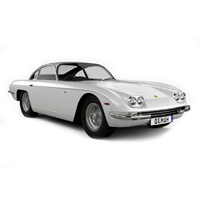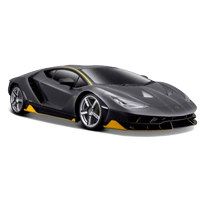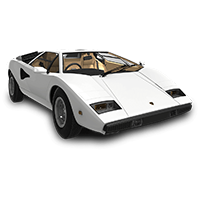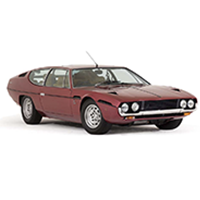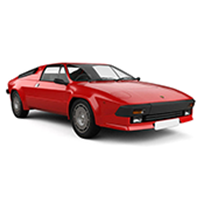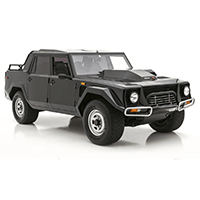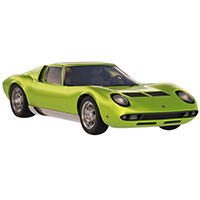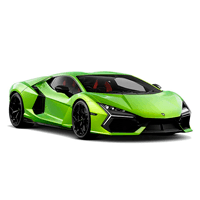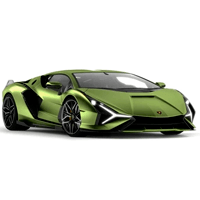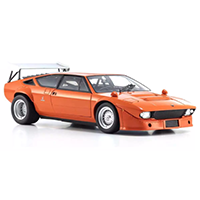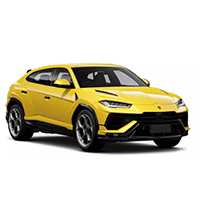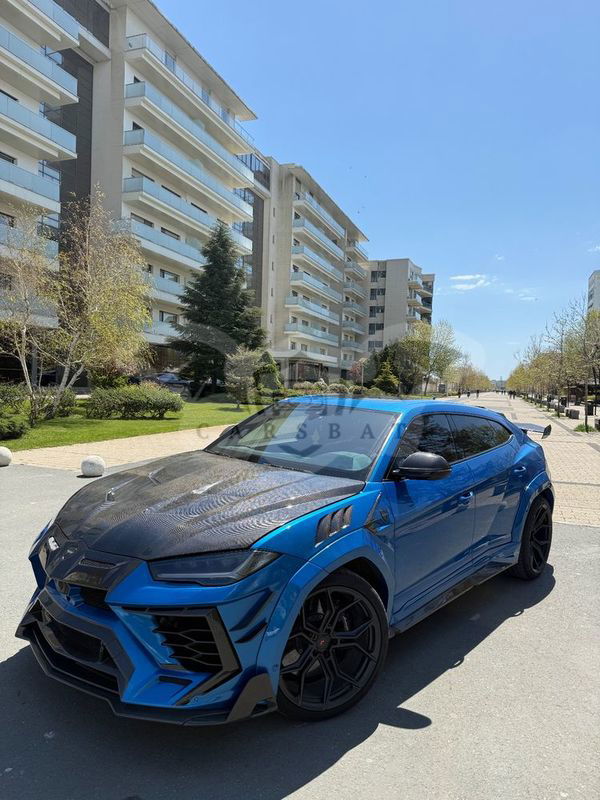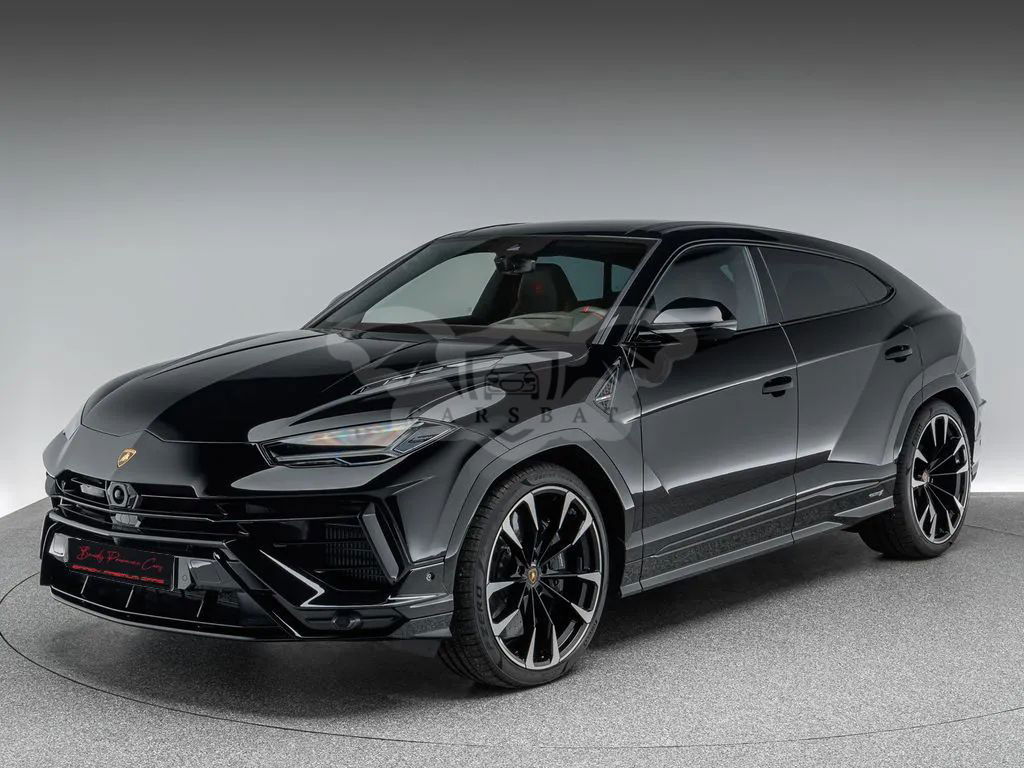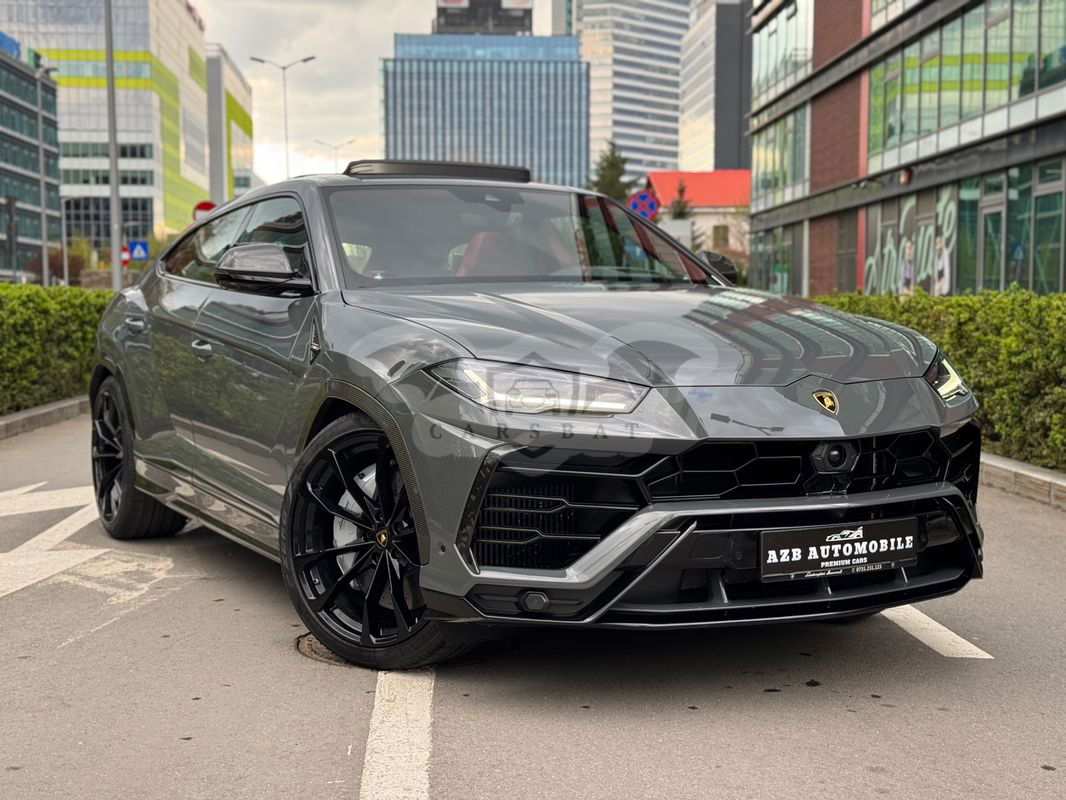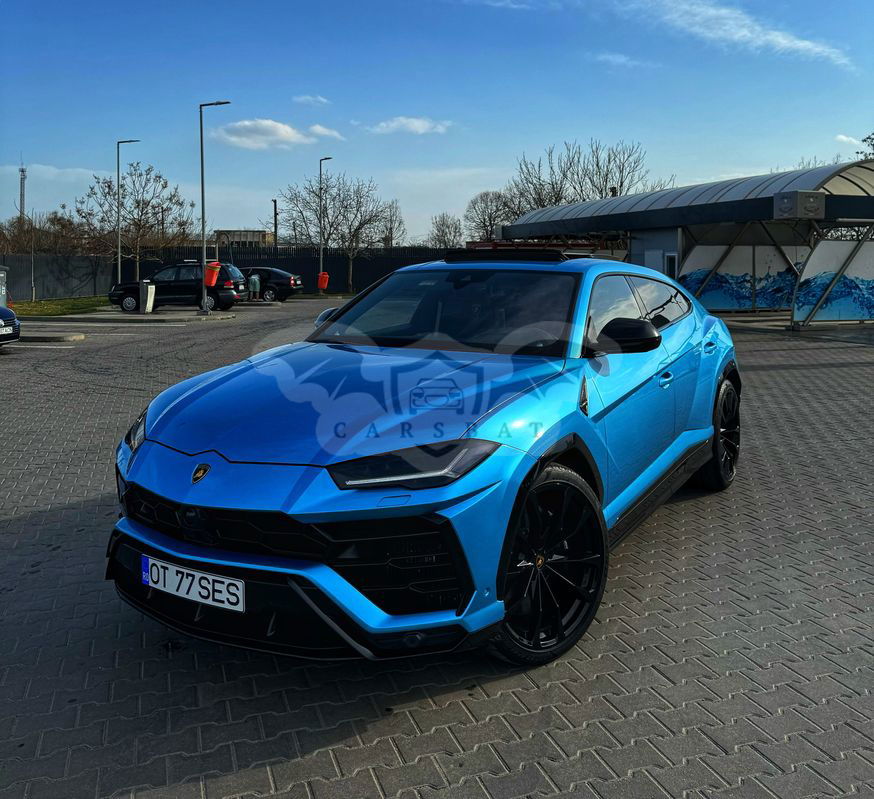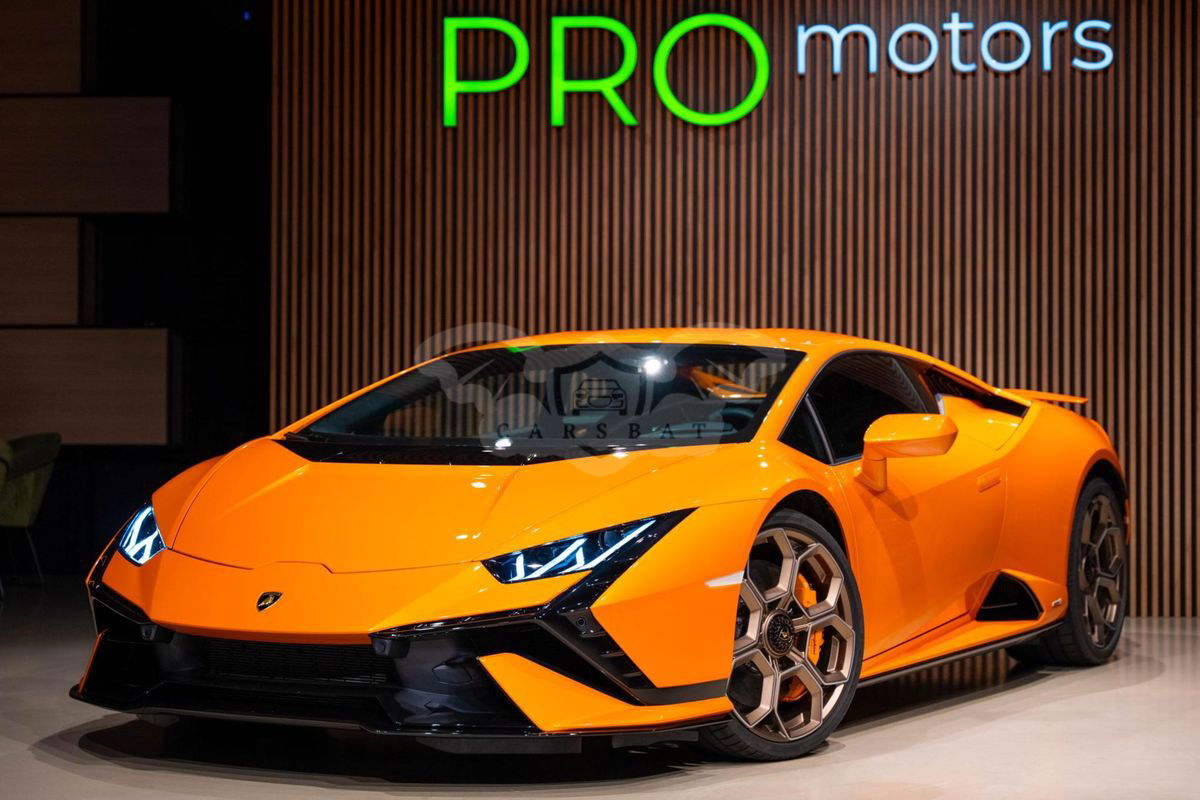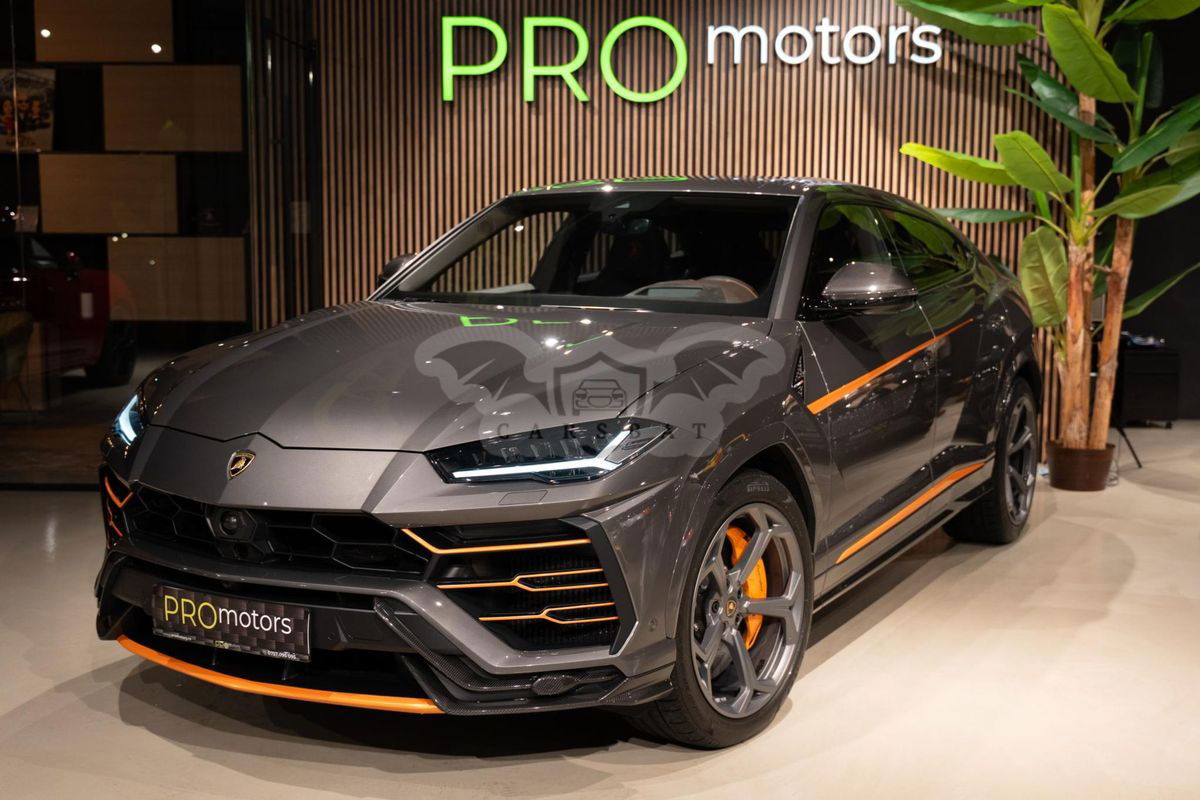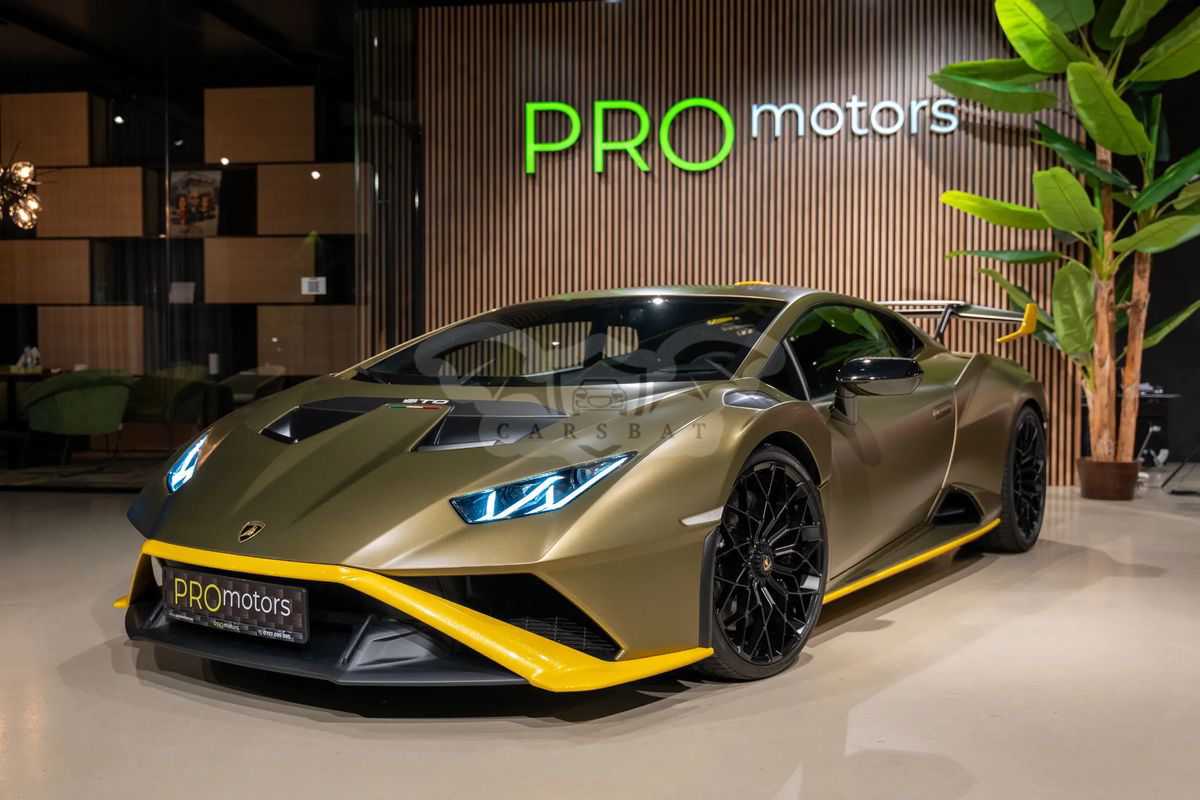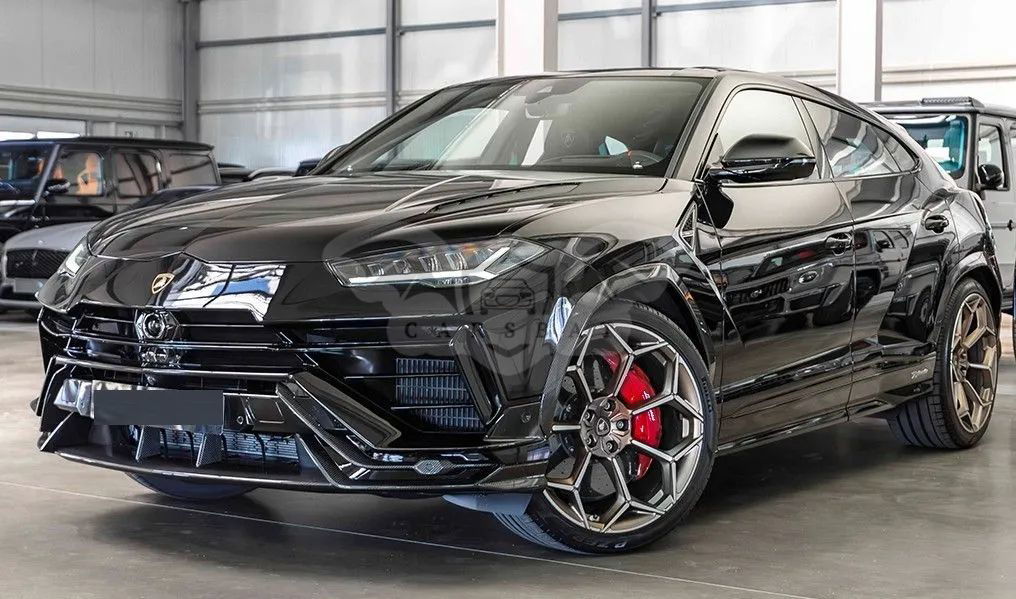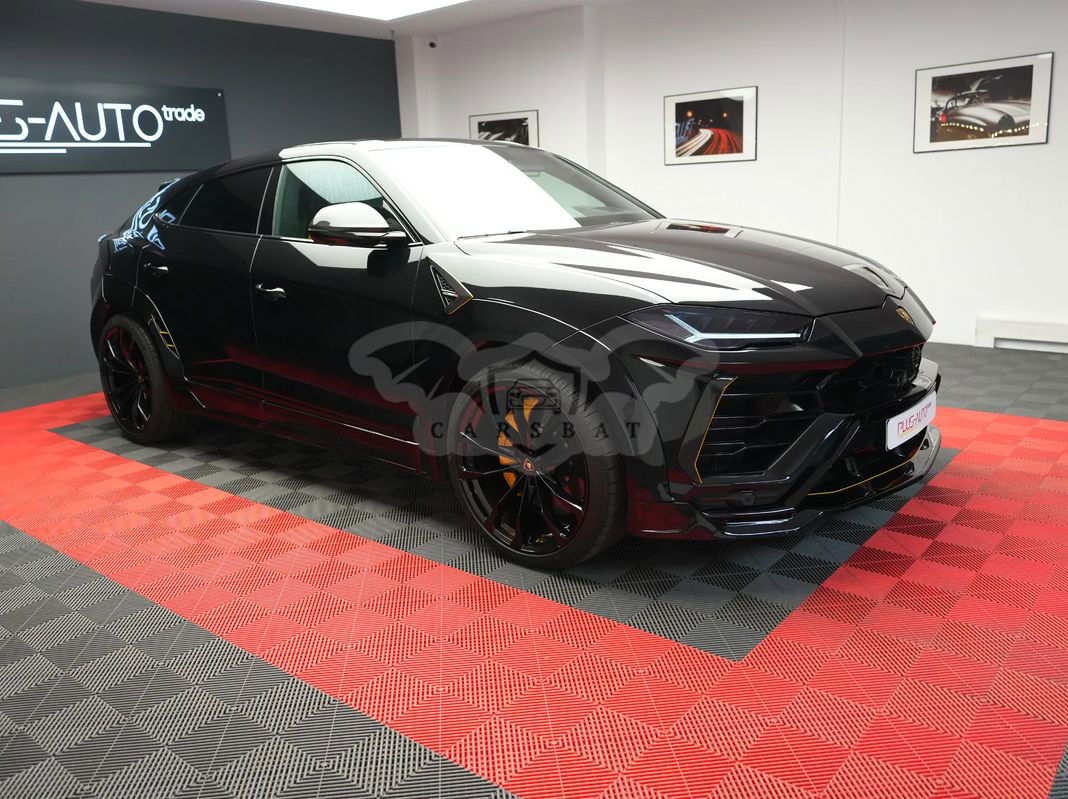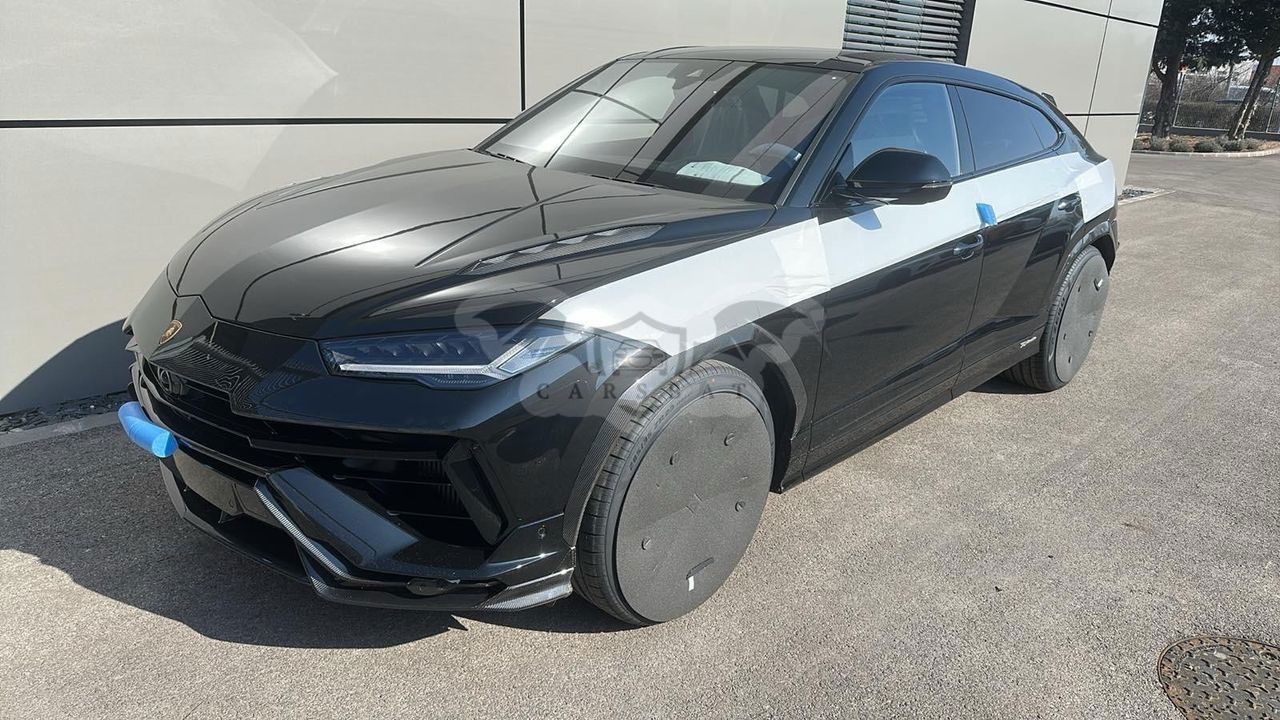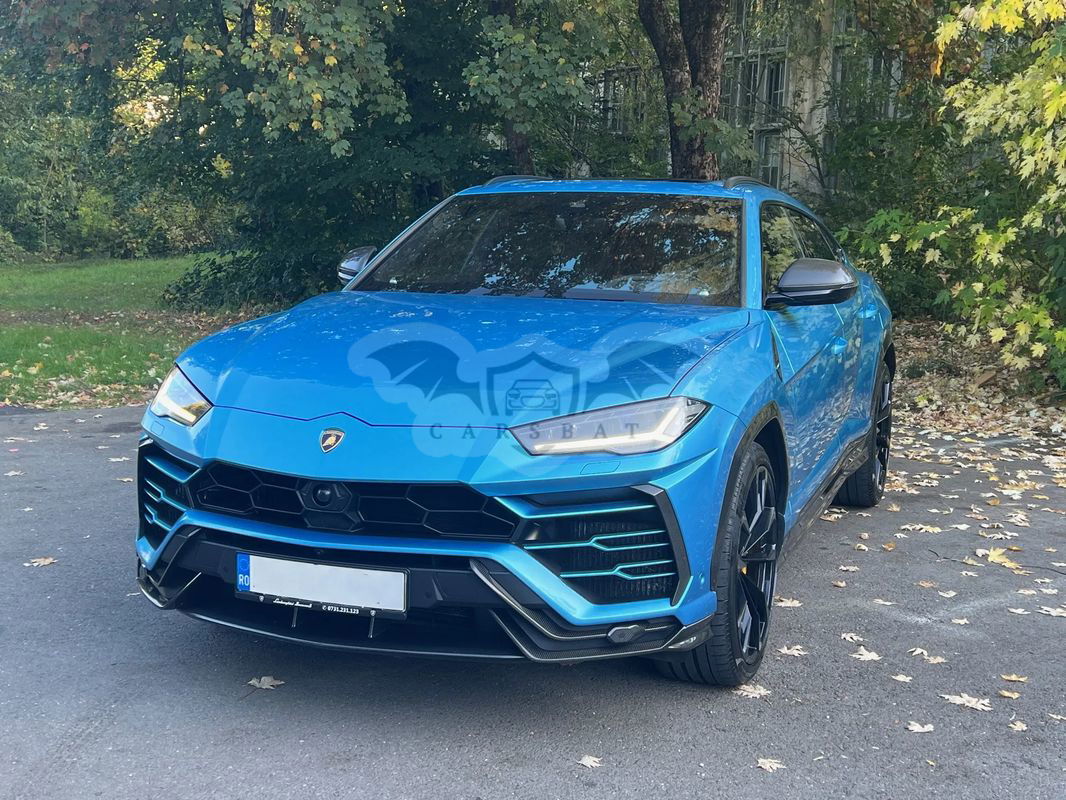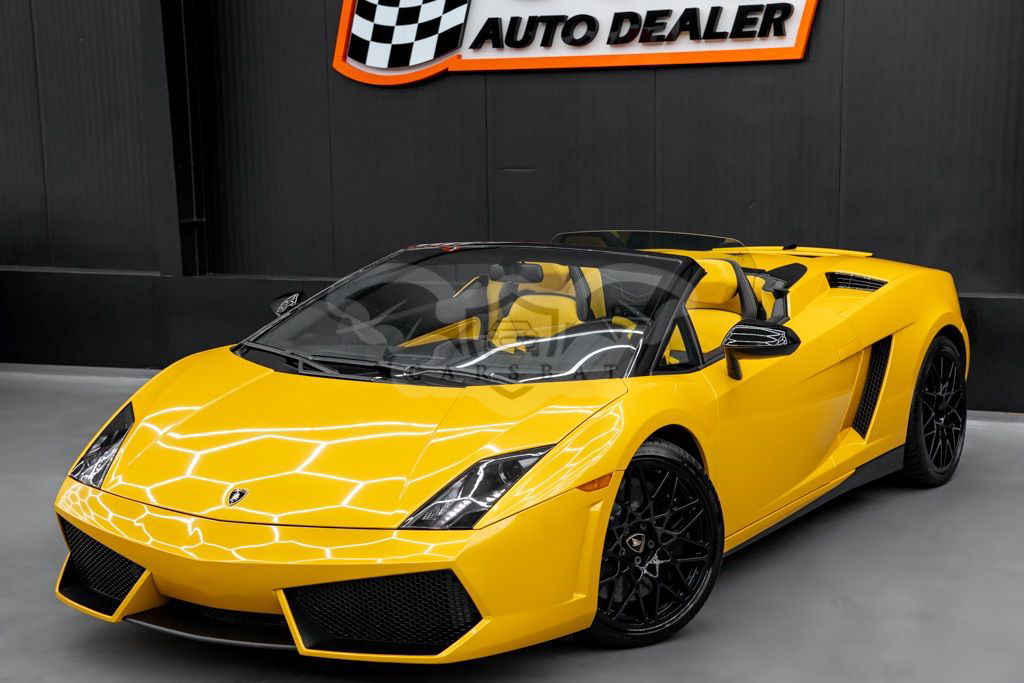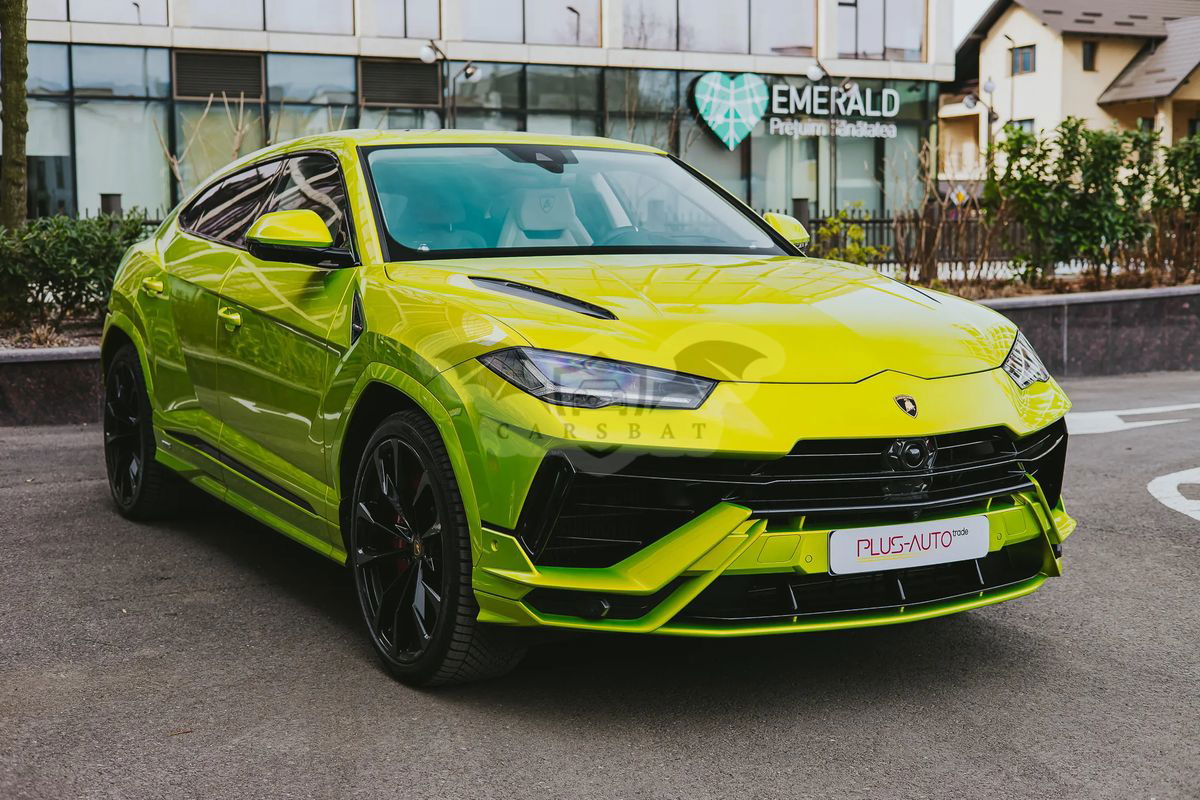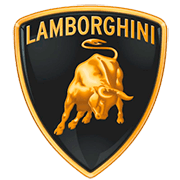
Catalog / Lamborghini
Lamborghini: From Tractors to Supercars - The Bull's Journey to Automotive Royalty
Lamborghini, a name synonymous with exotic supercars, has a fascinating history that began not with high-performance sports cars, but with tractors. Founded by Ferruccio Lamborghini in 1963, the company's journey to becoming one of the world's most prestigious supercar manufacturers is a tale of ambition, innovation, and Italian flair.
Ferruccio Lamborghini was born in 1916 to grape farmers in Renazzo, Italy. After World War II, he started a successful tractor business, Lamborghini Trattori, using surplus military equipment. His mechanical ingenuity and business acumen led to rapid growth, and by the early 1960s, Lamborghini had become one of the largest agricultural equipment manufacturers in Italy.
The turning point came when Ferruccio, now a wealthy industrialist, purchased several Ferrari cars. While he admired their performance, he found fault with their noisy and rough nature and what he perceived as a substandard clutch. Legend has it that when Ferruccio approached Enzo Ferrari with his complaints and suggestions for improvement, he was dismissed as a mere tractor maker. This slight inspired Ferruccio to create his own perfect grand tourer.
In 1963, Automobili Lamborghini was officially established in Sant'Agata Bolognese, Italy. The company's first production car, the 350 GT, was unveiled at the Turin Motor Show in 1964. This elegant grand tourer set the stage for Lamborghini's future success, featuring a sophisticated V12 engine designed by Giotto Bizzarrini.
However, it was the introduction of the Miura in 1966 that truly put Lamborghini on the map. Designed by Marcello Gandini of Bertone, the Miura was a revolutionary mid-engined sports car that many consider to be the world's first supercar. Its striking design and impressive performance captured the imagination of car enthusiasts worldwide.
The 1970s brought both triumphs and challenges for Lamborghini. The iconic Countach, with its dramatic wedge shape and scissor doors, debuted in 1974 and would define the Lamborghini look for decades. However, the 1973 oil crisis and global economic downturn hit the company hard, leading to bankruptcy in 1978.
Over the next two decades, Lamborghini changed hands several times. In 1987, Chrysler Corporation took control, bringing much-needed financial stability. Under Chrysler's ownership, Lamborghini produced the Diablo, which continued the tradition of extreme performance and striking design.
In 1998, Audi AG (part of the Volkswagen Group) acquired Lamborghini, marking the beginning of a new era. This partnership brought German engineering precision and reliability to complement Lamborghini's Italian passion and flair. The first car developed under Audi ownership was the Murciélago, followed by the more compact Gallardo in 2003, which became the best-selling Lamborghini model of all time.
The 21st century has seen Lamborghini expand its lineup and embrace new technologies. The Aventador, introduced in 2011, showcased Lamborghini's mastery of carbon fiber technology. The Huracán, launched in 2014, replaced the Gallardo and continued to push the boundaries of performance and technology.
In a significant departure from tradition, Lamborghini introduced its first SUV, the Urus, in 2018. This 'Super SUV' combined Lamborghini's performance DNA with practicality, opening up a new market segment for the brand and dramatically increasing sales.
Recent years have seen Lamborghini embrace hybridization and electrification. The Sián FKP 37, unveiled in 2019, is Lamborghini's first hybrid car, featuring a supercapacitor-based hybrid system. The company has also announced plans for further electrification of its lineup in the coming years.
Today, Lamborghini stands as one of the most desirable and exclusive car brands in the world. Its vehicles continue to push the boundaries of performance, design, and technology, while maintaining the passion and drama that have defined the brand since its inception. From its humble beginnings as a tractor manufacturer to its current status as a supercar icon, Lamborghini's journey embodies the spirit of Italian engineering and the relentless pursuit of automotive excellence.

